市场资讯及洞察
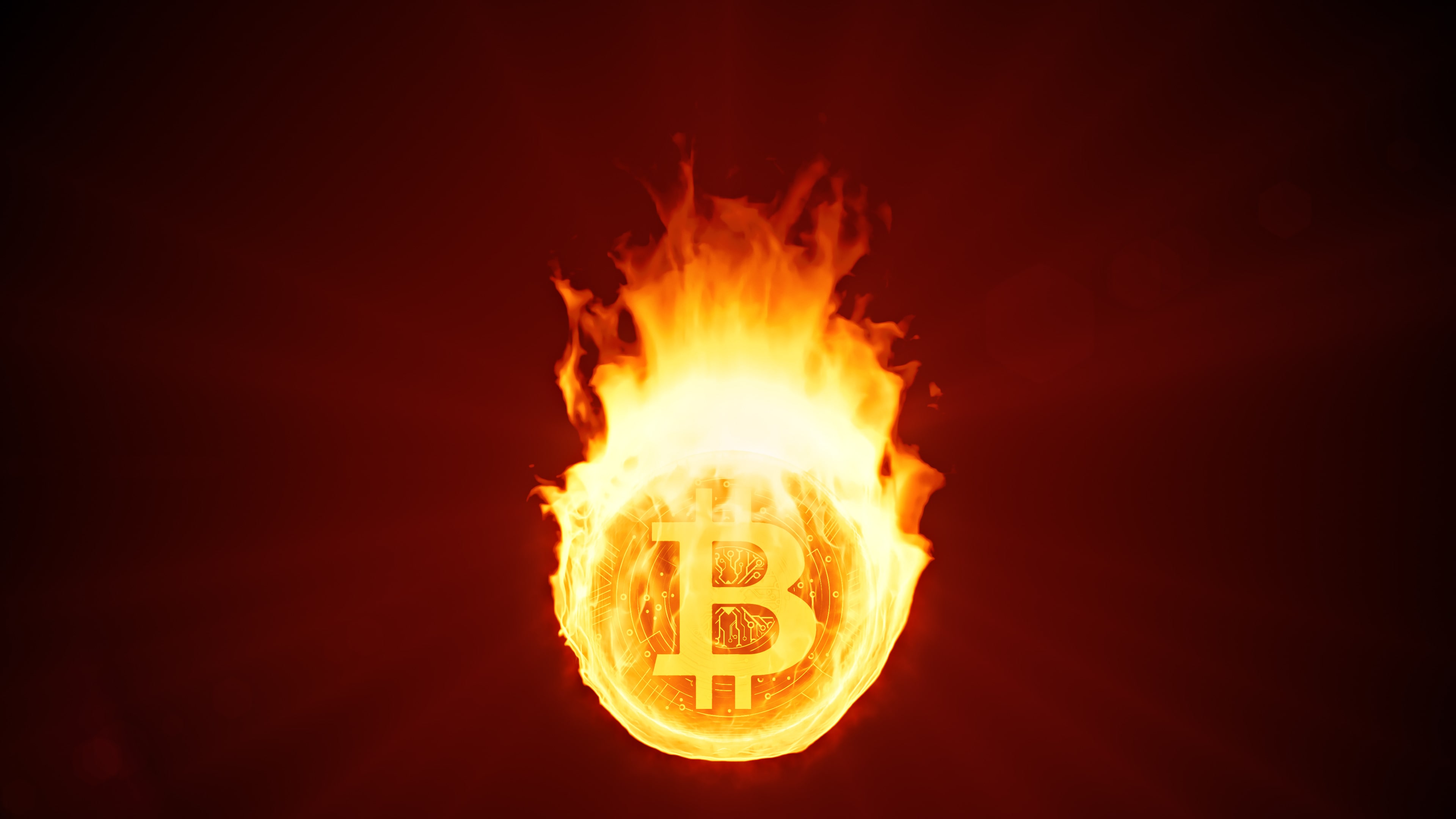
Last week brought some relief as markets found support following the retreat from record highs... with the recent crypto crash being a notable exception.
Bitcoin Breaks Below $100K
Crypto markets are under significant pressure after Bitcoin crashed through the psychological $100,000 level. Currently trading around $94,650, Bitcoin has fallen to its lowest point since May. The $94,000 level appears critical; if it fails, we could see Bitcoin slip back into the $80,000 range and potentially enter bear market territory.
Fed Minutes and Rate Cut Signals
The Federal Reserve minutes are due this week, and they could provide crucial insight into the timing of rate cuts in 2026. Markets have already priced in a likely December cut, but the January 2026 cut that was initially expected may be in jeopardy. Pay attention to the Fed speakers scheduled throughout the week—their comments could help clarify the path forward on monetary policy.
Strong Earnings Season Winds Down
We're in the final stretch of what's been an exceptionally strong earnings season, with 82% of companies beating EPS expectations and 76% surpassing revenue forecasts. This week features some heavyweight reports, most notably Nvidia reporting Wednesday after the bell. Major retailers Target and Walmart will cap things off, giving us a clear picture of consumer health heading into the holidays.
Market Insights
Watch Mike Smith's analysis for the week ahead in markets
Key Economic Events
Stay up to date with the upcoming economic events for the week.
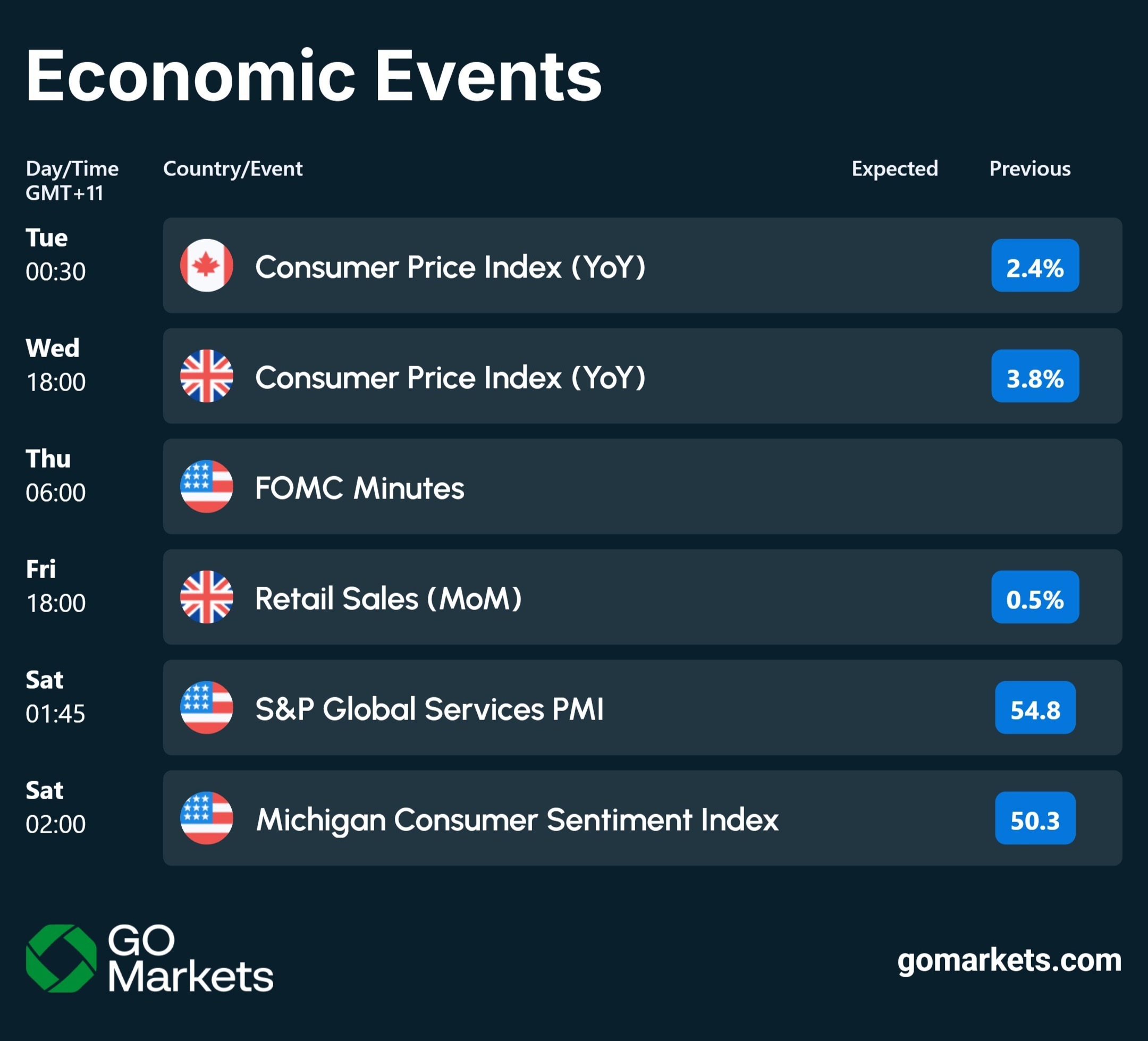


最近能源价格又开始了新一轮的抬头,美国原油价格从之前较低的86美元/桶来到了现在的97附近,天然气价格在上周也是触及了10美元的高位。近期比较大的一个基本面变动就是,从今天起俄罗斯将中断“北溪1号”天然气管道3天,目前,“北溪1号”的天然气输送量仅为满负荷时的20%。目前欧洲的天然气价格以及电价也上涨到了惊人的水平,目前大概比俄乌战争前要高出10倍以上。并且很多能源投资公司的内部人士表示“欧洲可能需要数年的时间才能建成足够的基础设施,才能使天然气价格大幅回落,在明年很长一段时间内,天然气价格仍将很高”。
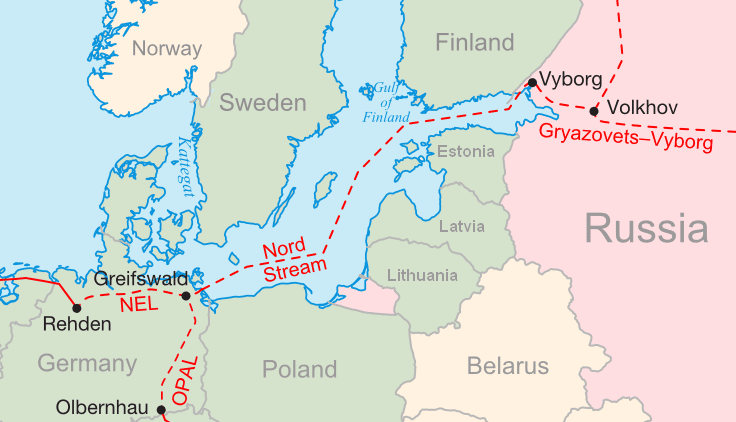
就如同疫情期间各国由于需求减少,原油价格暴跌等因素,大幅减少了对油田设置的修缮和建设,导致原油供应提高速度无法与疫情后快速增长的需求所匹配,导致油价的快速拉升,天然气也是同样的道理,所以我个人认为在俄罗斯限制天然气供应的背景下,在全球加足马力建设天然气设施的情况下,天然气价格在未来半年的时间内仍会维持在高位震荡的走势。其实不光是欧洲,就连日本也开始未雨绸缪,寻找天然气的替代来源。目前对天然气价格来说,最大的两个变数就是俄罗斯到底会不会完全切断对欧洲的天然气供应,以及今年冬天有多冷。

原油方面,近期沙特频频传出要减产的声音,这主要受两方面因素的影响,一方面就是美国以及其盟国频频释放战略储备试图打压油价;另一方面,是近期的伊核协议谈判。伊核协议对于原油价格的影响更大一些,甚至有可能会影响到原本计划在九月实施的增产计划。上周,美国原油的价格最低触及86附近,并且美国和伊朗的谈判进展很快,该协议对于原油市场最大的影响就是会使伊朗的原油进入国际市场,从沙特以及欧佩克+的角度,是绝对不希望伊朗的原油流入市场的,因为从目前放出的消息来看,如果伊核协议通过,那么伊朗每日所能提供的原油大概在150万桶/日,约占整个欧佩克+日供应量的5%。并且从历史来看,伊朗进入市场后会疯狂开采,扰乱市场,这也是为什么沙特不惜以减产来威胁美国也不想让伊朗进入市场的原因。
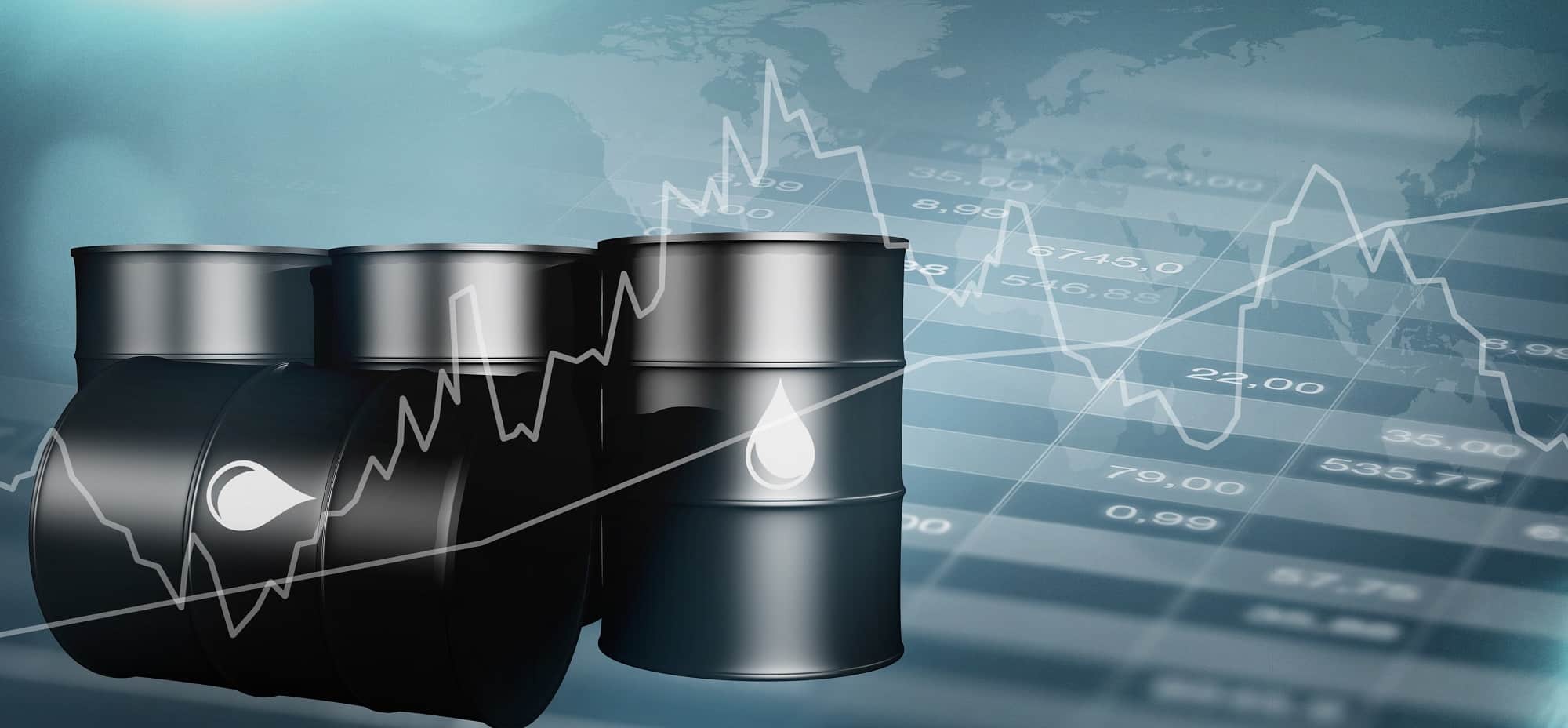
近期比较热点的事件就是鲍威尔在杰克逊霍尔央行年会上的发言,由于其及其鹰派的言论,美股暴跌,美元再次突破前高,在说行情前,我们先简单回顾一下鲍威尔讲话的重点。首先就是对于通胀,一定要将其控制在2%,,并且在这个加息过程中会有一定的阵痛,但是相比较长期的痛苦来说,美联储还是会选择短期。其次是利率会继续升高,物价的稳定对经济的平稳运行十分重要,并且也是美联储致力要做到的。为了达成这些目标,鲍威尔表示一个不寻常的较大的加息可能会在下次议息会议上出现,具体加息的力度如何还是要根据9月的各项数据来决定。一个月的CPI下降不能说明之后的通胀会稳步下降,美联储并不是非常乐观。总之就是目前加息还不能停止。
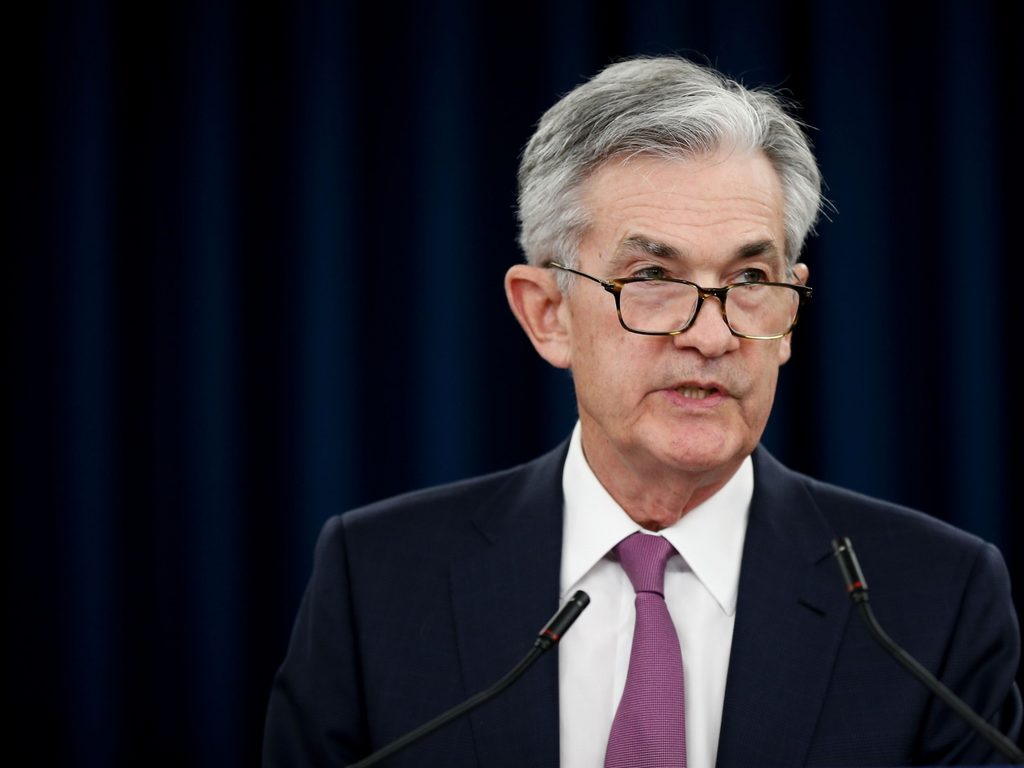
杰克逊霍尔央行年会每年只有一次,往往会议上的发言就是各个央行对未来较长一段时间的宏观看法,所以,根据鲍威尔的言论,我个人觉得对于美元来说,起码在整个加息周期当中还是继续看多的,包括技术面上,美元依旧处于上行通道,短期来看,可能会随着情绪的回落美元也出现回落,但是中长线还是比较看好的,当然也要结合即将到来的9月份的美联储议息会议的结果。另外配合着我们的加息日历,本月有澳,美,日,加,英以及欧洲的利率决议陆续公布,这个配合着短线都是很不错的机会。免责声明:GO Markets分析师或外部发言人提供的信息基于其独立分析或个人经验。所表达的观点或交易风格仅代表其个人;并不代表GO Markets的观点或立场。联系方式:墨尔本 03 8658 0603悉尼 02 9188 0418中国地区(中文) 400 120 8537中国地区(英文) +248 4 671 903作者:Rick Shao | GO Markets 专业分析师


Have you ever heard the saying, “70% of trading is in the head”? This is because the markets are mostly moved with sentiment, a good barometer to gauge is the Fear and Greed index, emotions trigger actions, there is a reason why there are sellers and buyers in the market at the same time, yes it can be attributed to the way people take in information or understand the data, in a normal day, there are always winners, as there are always losers. So, with that in mind you might understand that this information or data is truly important to traders as it impacts heavily on the markets, as such that, as a trader it would be irresponsible for you to focus solely on the Technical Analysis and disregard the Fundamentals.
However, you could be able to trade Fundamentals without the Technical Analysis. What is Fundamental News? The best way to answer this, is by acknowledging that the performance of an economy is a direct result of different political, social and economic outcomes.
These could differ from the release of figures of the unemployment rate to interest rates, from elections to the GDP, to geopolitical events such as the invasion of Ukraine to a countries coup or BREXIT. All of these have profound effects on the price of commodities, currencies, bonds, or securities, as it would either make the asset easily accessible or as in recent times with COVID it makes is harder to supply it when there is huge demands. Investors are always on the lookout for small details that would help them decipher if their investments are in sound condition or if they need to do something to avoid losing their positions.
Typically, if you are trading CFDs you would look to an Economic Calendar – It’s just like a standard calendar, which provides timelines of specific reports and/or meetings which will take place in the future, from various countries around the world. You could see one here at Forex Factory. A great tool which will aid traders to set up their trades in advance or allow them to make a decision to see if it would be wise to keep a trade open during the event, or open a trade before or wait until the fact to enter the market.
As you begin to follow economic announcements, you may understand why some events—like the consumer price index—may cause markets to move. But you may wonder why it’s important to follow lesser events, like the food price index. Usually, a major event provides an indication of the state of the economy.
But traders follow lesser events because they provide an indication of upcoming major announcements. For example, a jump in food prices may mean the consumer price index will jump as well. An example of an economic calendar is below.
Fundamental Analysis consists of the trader keeping track of all these factors within the reports and how they have affected the market. Fundamental analysis can also cover broader aspects of trading depending on the asset in question. The various fundamental factors can be grouped into two categories: quantitative and qualitative.
The financial meaning of these terms isn't much different from their standard definitions. Here is how a dictionary defines the terms: Quantitative – "related to information that can be shown in numbers and amounts." Qualitative – "relating to the nature or standard of something, rather than to its quantity." In this context, quantitative fundamentals are hard numbers. They are the measurable characteristics of a business.
That's why the biggest source of quantitative data is financial statements. Revenue, profit, cash flow, assets, wages and more can be measured with great precision. Fundamental Trading can be done in various ways depending on your availability – some reports are released late in the night or early morning depending on your perspective, which mean, you may be asleep so trading these may require a level of organisation from your part in terms of understanding how to set up pending orders, with the right risk management in place to take you out of the trade whether it has reached your desired profit limit or the amount you’d be happy to risk losing or trade the action live as you see the reaction of the price movement.
All In all Fundamental news, analysis and trading are a major facet of trading, it is also right to mention, that some fundamental traders would incorporate technical analysis from time to time to create stronger affirmations in their research. Sources: babypips.com, https://www.contracts-for-difference.com/, https://www.investopedia.com/, www.forexfactory.com
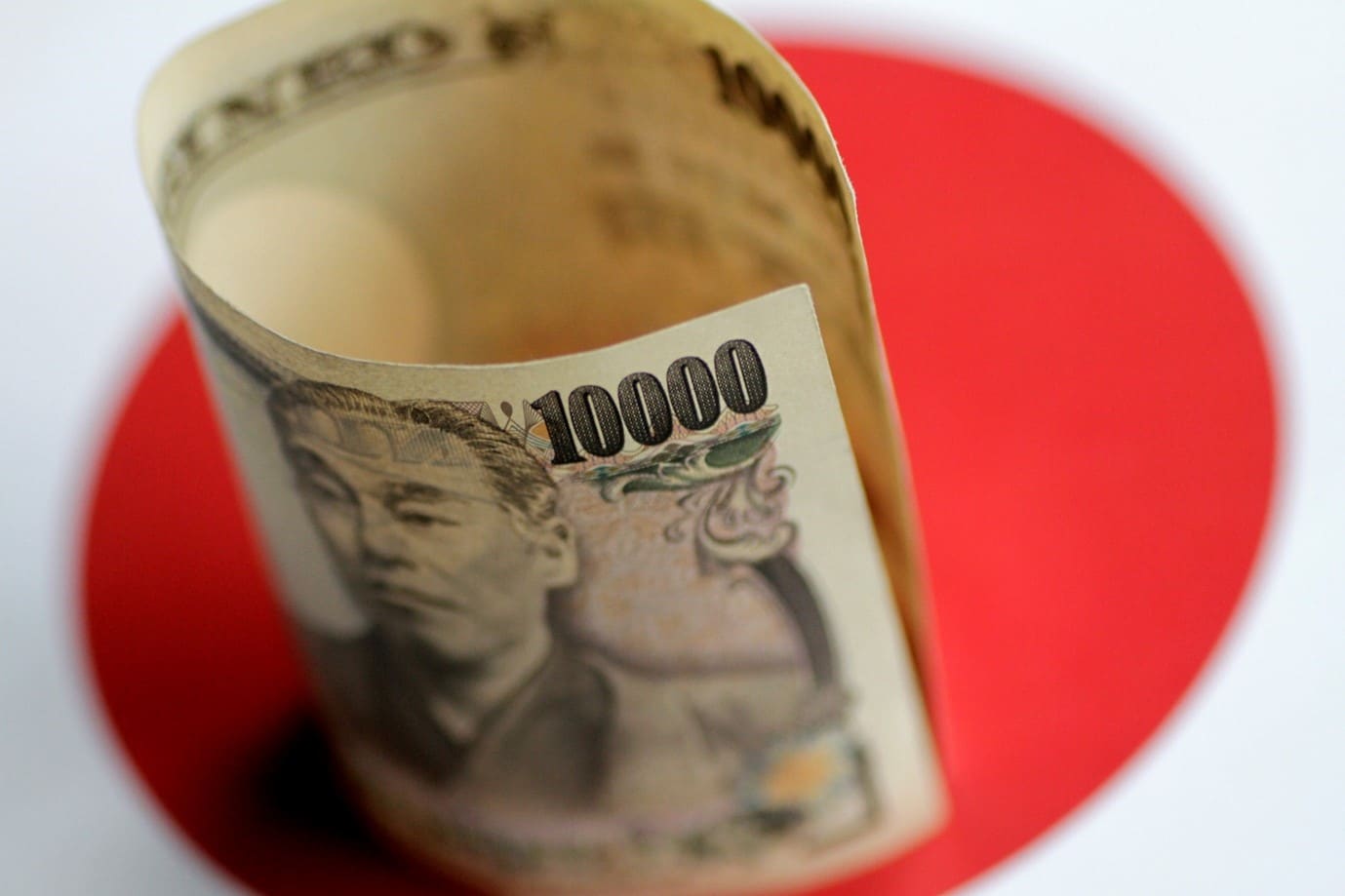

With central banks aggressively hiking interest rates to combat inflation, one specific country stands alone in maintaining a dovish stance. The country is Japan, and the consequence of the Central Bank of Japan’s ultra-dovish policy has been a massive weakening of its currency. Against almost all other currencies the JPY has been depreciating aggressively.
Specifically, the USD/JPY and the NZD/JPY are shaping as potentially trading opportunities. Both trading opportunities are largely based on a technical breakout as opposed to a pure fundamental breakout. NZD/JPY This currency pair is forming into a symmetrical triangle pattern.
Importantly the price has been contracting and the range getting smaller. This shows that the price is reaching an equilibrium point between buyers and sellers. However, at some point and the price will not be able to contract further and will have to break out either to the upside or the downside.
The general rule of a symmetrical triangle is to wait until the price breaks before taking a position because the price has not indicated if it will break upward or downward. In addition, the RSI indicates a similar pattern showing consolidation in the same type of triangle. Therefore, a break of this RSI triangle may correlate and support a break out on the actual price.
USD/JPY This pair has seen an even more extreme move upward. After pulling back to the recent support at the 23.6% Fibonacci retracement level, the price has risen again and is looking to test the highs at 139.5 JPY. In order to find a new target the chat needs to be zoomed out to the monthly in order to see the next resistance point which is at 145JPY.
This would also take the price to almost 25 year highs. With more economic data to come out of the USA later this week.
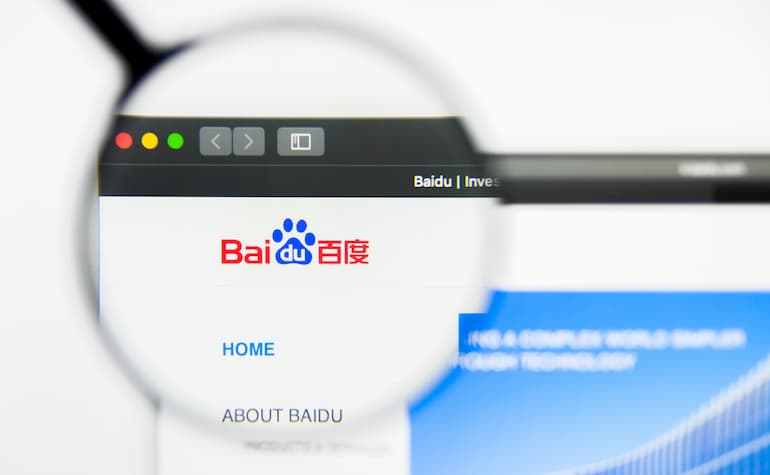

Baidu Inc. (BIDU) reported its unaudited Q2 results on Tuesday. The Chinese technology company topped both revenue and earnings per share estimates for the quarter. Revenue reported at $4.424 billion for Q2 (down by 5% year-over-year) vs. $4.395 billion expected.
Earnings per share at $2.36 per share for the quarter vs. $1.59 per share estimate. Robin Li, CEO of Baidu: "Despite a challenging macro environment caused by Covid-19, Baidu Core generated RMB23.2 billion in revenues in the second quarter, while Baidu AI Cloud revenues maintained rapid growth momentum of 31% year over year and 10% quarter over quarter." "Apollo Go further solidified its position as the world's largest autonomous ride-hailing service provider. Apollo Go completed 287K rides in the second quarter, and accumulated one million rides on July 20, becoming an important alternative means of people's everyday travel in the Yizhuang region of Beijing.
Moreover, in a momentous landmark, Apollo Go became the first provider to offer fully driverless ride-hailing services – i.e. completely without human drivers present in the car - on open roads in Chongqing and Wuhan, allowing us to further scale up our operations at an accelerated pace," Li added. "Baidu Core delivered a non-GAAP operating margin of 22% in the second quarter, up from 17% in the first quarter of 2022, as we continued to optimize our costs and enhance operational efficiency," said Rong Luo, CFO of the company. "Going forward, we remain committed to quality revenue growth and sustainable business models," Luo concluded. Baidu Inc. (BIDU) chart Shares of Baidu were down by around 7% on Tuesday at $137.49 per share. Here is how the stock has performed in the past year: 1 month +2.82% 3 months -1.72% Year-to-date -7.29% 1 year -12.15% Baidu price targets Benchmark $270 Citigroup $223 Barclays $235 JP Morgan $125 Mizuho $285 HSBC $180 Baidu Inc. is the 334 th largest company in the world with a market cap of $47.08 billion.
You can trade Baidu Inc. (BIDU) and many other stocks from the NYSE, NASDAQ, HKEX and the ASX with GO Markets as a Share CFD. Sources: Baidu Inc., TradingView, MetaTrader 5, Benzinga, CompaniesMarketCap


在几个月之前我和大家在讨论到有关是否会发生世界经济危机时说到。危机通常为意料之外突然发生的事件所引发的剧烈变化,而目前的情况来看,只要中美或者美俄之间没有爆发直接的冲突,那世界的经济虽然不会迅速反弹,但是也不会出现急剧的暴跌,更大的可能是缓慢而意料之中的小幅倒退。而对比欧美国家,澳洲却有着其他大部分欧洲国家所没有一招绝招——通过增加移民数量来凭空制造消费和经济活力。

我们知道在大部分欧洲的非移民国家里,当经济发生衰退的时候,往往通过传统的货币政策或财政政策来刺激经济,但是相比之下,澳洲除了可以使用这些传统的方法以外,更可以通过控制移民这个水龙头来直接影响国内经济。上次和大家做过简单计算:每一个技术或商业移民每一年可以带来:至少6万澳元工资收入或雇佣支付+5万澳元吃喝住行=11万澳元的直接GDP贡献,而这11万的直接贡献,在整个经济循环中,通常可以带来3倍的杠杆,也就是产生额外33万澳元的上下游经济利益,因此一个有工作,或者雇人的移民,几乎每一年可以给澳洲带来40万澳元的综合经济贡献。这还不算买车和买房。一个人40万,1万人救市40亿,4万人救市160亿澳元的综合经济利益。因此澳洲现在的联邦政府通过增加4万人,可以直接或间接地拉动至少160亿澳元的GDP。这招,英法德等欧洲国家没办法用。只有加拿大和澳洲目前依然是出于地广人稀,需要每年增加人口的发达国家。美国的移民条件太过于苛刻,我们通常排除在外。

可能有朋友会问,既然这移民这么帮助经济,为何今年不直接翻倍,别4万了,干脆多16万得了。答案是不可能。虽然澳洲很大, 但是我们都知道,可能70%以上的移民最终会选择在悉尼或墨尔本之间。因此这就会造成大量新增人口,对于基础设施的需求会暴增。比如,学校,住房,医院,GP诊所等等,都会出现位置不够的情况。而且大量的技术移民,也会对本地工作人士产生竞争压力。大家应该还没有忘记在2010-2015年,澳洲经常时不时会有国会议员呼吁减少移民数量,因为其选区的选民有抱怨说新移民抢了他们工作。

但是现在的经济情况,给予了目前的联邦政府完美的条件:物价飞涨,经济放慢,但是本地各行各业却又非常的缺人,因此这时适当的增加移民数量,不但不会影响选民的选票,更会帮助小企业主和小生意主降低雇佣成本。但是增加太多,会产生消化不良。我认为联邦政府出台的这个新增4万的数字,是经过计算和评估社会目前的承受力以及目前经济情况来决定的。说白了,就是在提升经济和符合基础设施建设速度中求得一个平衡点。但是大家不要忘记我之前也说到,提高移民数量,应该说是澳洲提高经济为数不多的直接有用的招数了,那既然是大招,为啥要现在就用?何不等到山穷水尽才用呢?因为这不是烤爆米花,3分钟就可以吃。从增加移民数量,到审理挤压案件,到新增加的移民落地这中间的时间少说也要6个月。况且新到的移民的确一年可以增加几十万澳元的GDP,但是这不是第一天落地,第二天几十万就有了,而是需要经历一个过程。
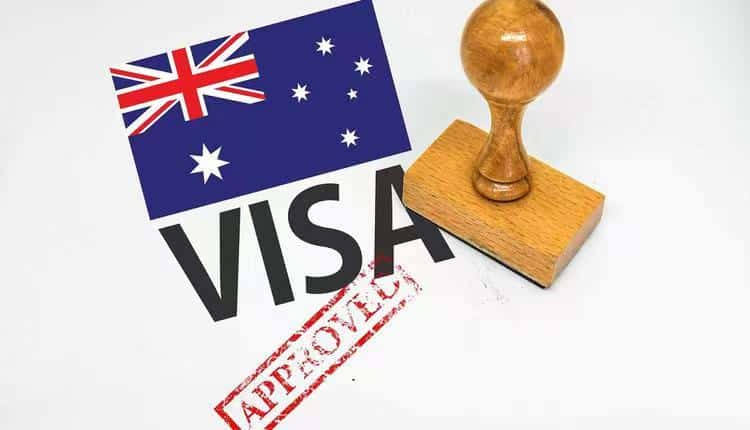
如果从山穷水尽才开始增加移民数量,那等到这额外4万移民产生GDP的时候,GDP坟上的草都快二尺高了。说白了,就是要留出足够的时差。咱们加油也不会用到最后一滴才去,这新增移民也是一个道理:油快用完了,就需要开始找加油站了。另一个问题是有朋友最近问。澳洲之前一直依靠矿产,现在中国的地产不太会大涨了,那以后怎么办呢?这个问题涉及的方面太多,从中国经济到房地产政策,从民企经商环境到中澳关系,一天都说不完。今天我就挑简单的说。总的来说,澳洲从2013年之后,就一直在试图减少对矿产的依赖,通过大力发展第三产业来试图分散风险。效果如何呢?到疫情之前为止还是不错的:旅游,教育,金融,吃喝玩乐,都属于第三产业。同时澳洲也在试图寻找或挖掘未来可以替代中国对铁矿石需求的国家。越南和印度就是目前澳洲矿业重点期待的两个国家。虽然我们经常看到新闻说中国的某某工厂搬去了印度或越南。
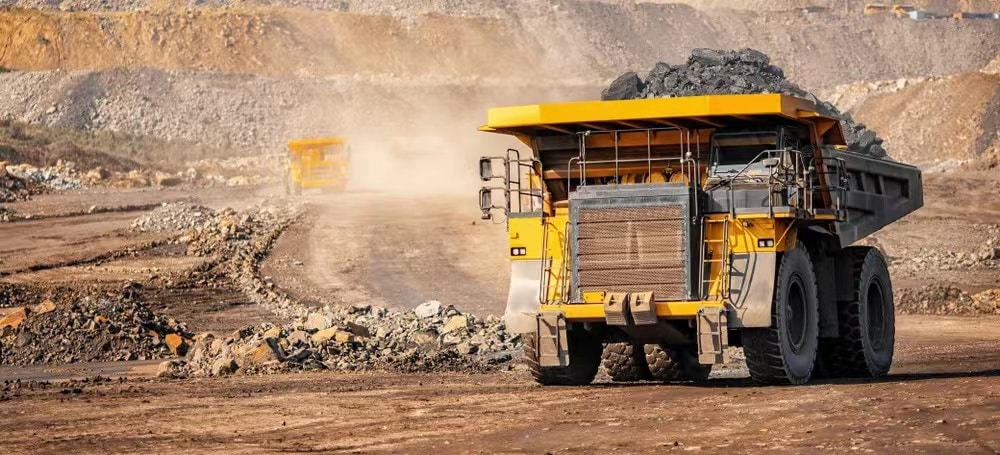
但是截至今年上半年,这两个国家对于铁矿石的需求量依然无法和中国相比。为啥呢?因为他们目前发展经济过程中并没有类似中国集中的基础设施建设狂潮,以及房地产热潮。或者说,还没有大规模地产热潮。因此对于钢材的需求并不像20年前中国一样的多。但是虽然不多,也总好过没有。毕竟目前中国的地产问题短期内不会缓解,也就意味着新盖的住房在未来1-2年内会出现大幅下降。那这些楼所需要的原材料的多余产能,怎么解决呢?如果钢铁厂库存太多,自然就会减少生产,那自然对于矿石的未来需求也会相应减少。所以这一遍是中国的需求减少,另一边是印度越南的需求增加还跟不上。那咋办?没办法,只能等,靠,要。就看:1.中美未来经贸关系是否能缓和。2.中国年底开完会之后,目前的清零政策是否会改变。但是虽然中澳经济关联很大,但是由于澳洲有移民调节和农产品原料基地的优势,因此在今年北半球大旱,粮食严重减产的背景下,依然将会是农产品出口的赢家。

简单来说,澳洲产矿,产粮,产牛羊,人口只有2400万,还是移民大国。这就几乎等于斗地主手里有3个炸弹和2个王。就算打地再烂,也不太会垫底。对于生活在澳洲的华人朋友来说,咱们不用担心吃不饱,最多也就是少了几个菜而已。免责声明:GO Markets分析师或外部发言人提供的信息基于其独立分析或个人经验。所表达的观点或交易风格仅代表其个人;并不代表GO Markets的观点或立场。联系方式:墨尔本 03 8658 0603悉尼 02 9188 0418中国地区(中文) 400 120 8537中国地区(英文) +248 4 671 903作者:Mike Huang | GO Markets 销售总监
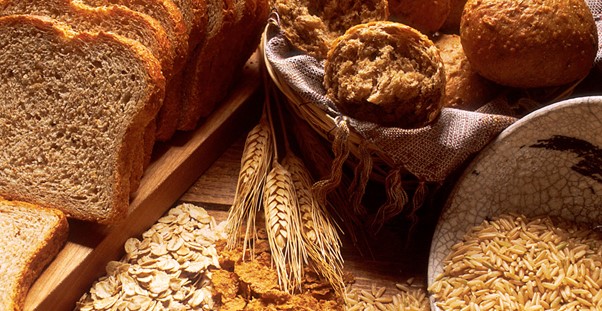

The price of wheat is finally starting to show positive signs after an aggressive sell off that has been ongoing since May 2022. There is hope that the price of the commodity may begin to climb again with the price finally finding some support. The price has been impacted by growing fears that production may slip may increasing volatility and increasing in price.
Pressure from Global Warming has effected the production/farming of the grain reducing supply. India in particular which is the second largest producer of wheat, has suffered from rising heat levels with its production dropping by 3% in 2021/22. Furthermore, the constant ambiguity surrounding the Russian and Ukraine crisis still has the potential move the price even higher adding to a potential supply crunch.
Technical Analysis The Price chart for wheat shows how the price ran during the initial stages of the Russian and Ukraine crisis, before failing to breakout and entering an aggressive downtrend. This shift is essentially a long-term reversion to the mean moving back towards the 200-day average and prior long term supports. The price action is a common follow on from sharp and fast rises in prices.
The price has now settled and consolidating between $770-$850 and importantly broken out of the downtrend. Adding to the evidence for a potential reversal is that there is a divergence between the RSI and the current price. As it can be seen, the RSI is itself in an upward channel and has crossed through the 50 level.
This can be compared to the actual price which is still consolidating. Divergences can be an early indicator that a reversal is about to occur. This current price action is showing the potential for a bounce based on the factors discussed above and presents a potential long trade with a risk reward of around 2.5:1.
For this trade, the recent resistance point of $940 can be the first target. If the price can pass through this level, it may be able to reach $970. Placing a stop loss below the recent low wick at 830 provides solid risk management in case the price goes in a different direction.

